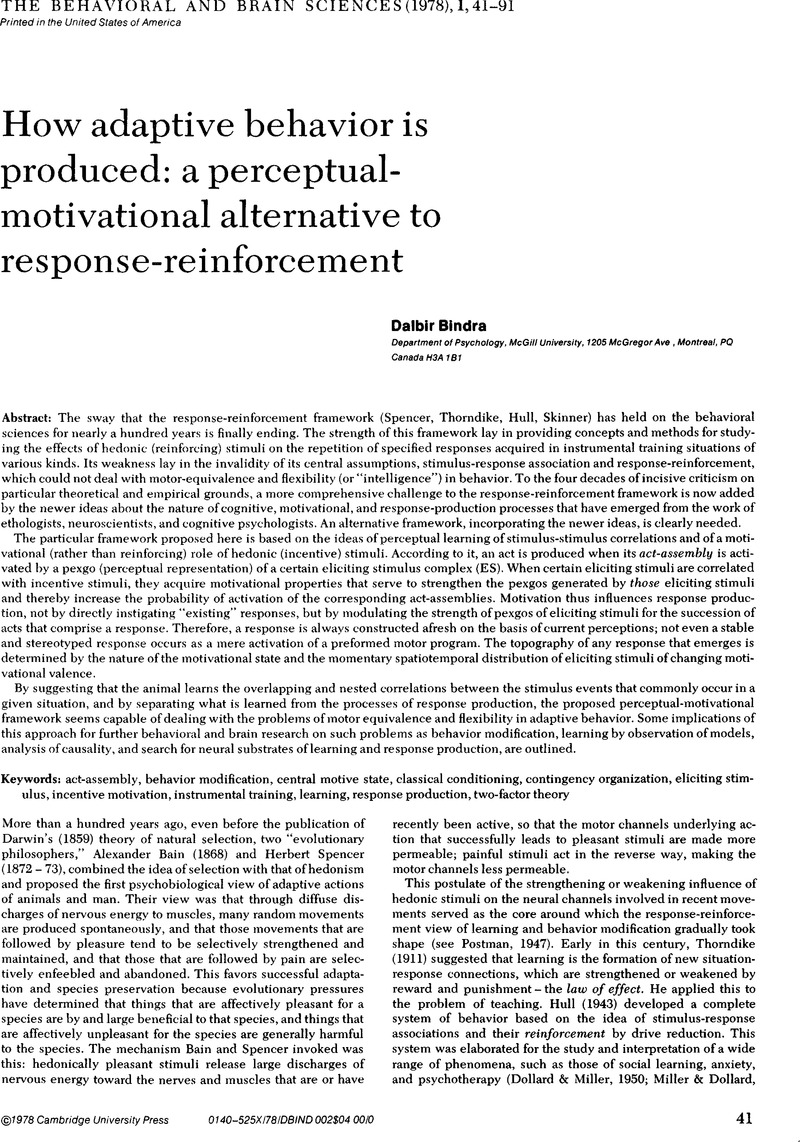Staats, A. W. Social behaviorism and human motivation: Principles of the attitude-reinforcer-discriminative system. In
Greenwald, A. G.,
Brock, T. C., and
Ostrom, T. M. (Eds.),
Psychological foundations of attitudes.
New York:
Academic Press,
1968.
Google Scholar 